Unlike in J.K. Rowling’s wizarding world, there are no Bowtruckles or Whomping Willows at the U of A — but we do have a collection of trees that Newt Scamander could be proud of. More than 80 species of trees and tall shrubs call North Campus home. Some are native, but many species hail from around the globe. Most we walk by every day, and all deserve a closer look.
Use the map below to find these special specimens around campus… and who knows? You might spot a Niffler nestling under those mugo pines.
Here are just some of the U of A’s fantastic trees, and where to find them:
1) Amur Cork Tree

Touch the bark next time you walk by — it feels like cork. This small tree is native to eastern Asia. Its shiny dark green leaves are aromatic and used in traditional Chinese medicine.
2) Mugo Pine
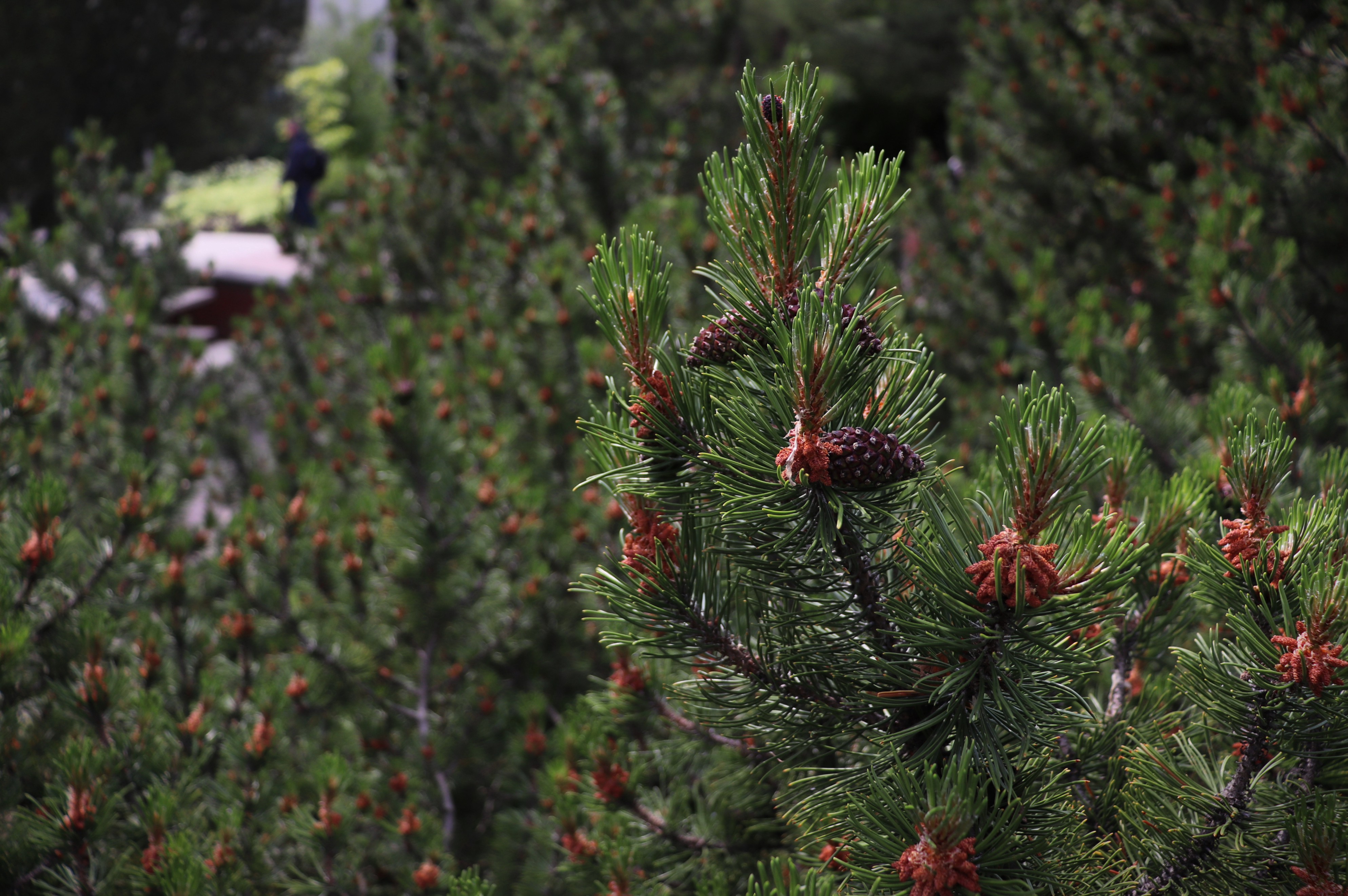
This low, creeping pine is native to high elevation sites in central Europe. In its native habitat, the pine’s low stature keeps it beneath the snow and protects the tree from harsh winter winds and blowing snow.
3) Eastern White Cedar
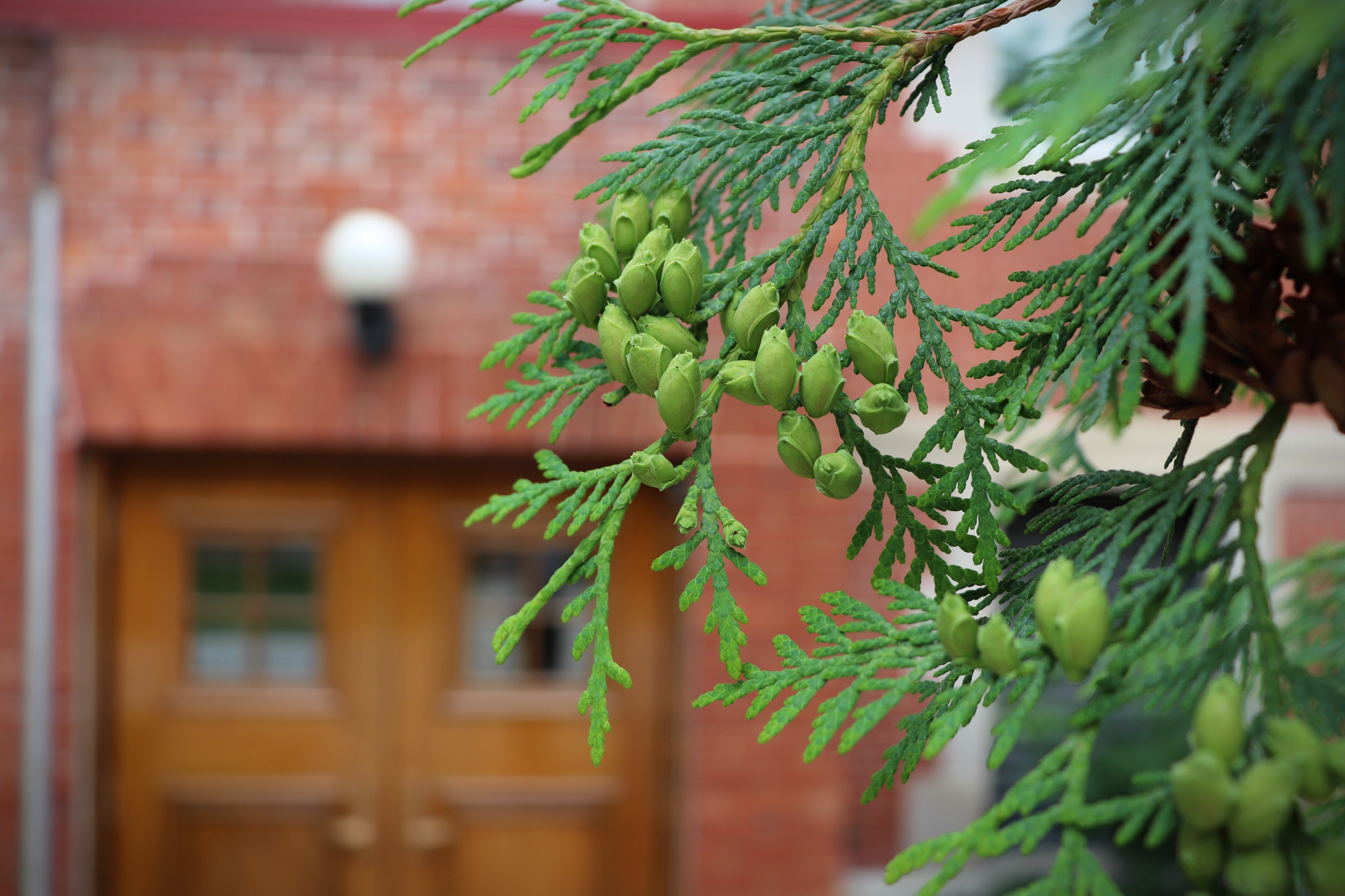
This slow-growing and long-lived species is found throughout eastern Canada. Some individual trees can reach 1000 years old. It is most abundant in wet areas, and our dry conditions in Edmonton make it difficult to maintain.
4) Common Sea Buckthorn

Native to Europe and the Middle East, this tall shrub has narrow leaves and is tolerant of dry and sandy sites. Its twigs are armed with long thorns, and the female plants grow orange berries.
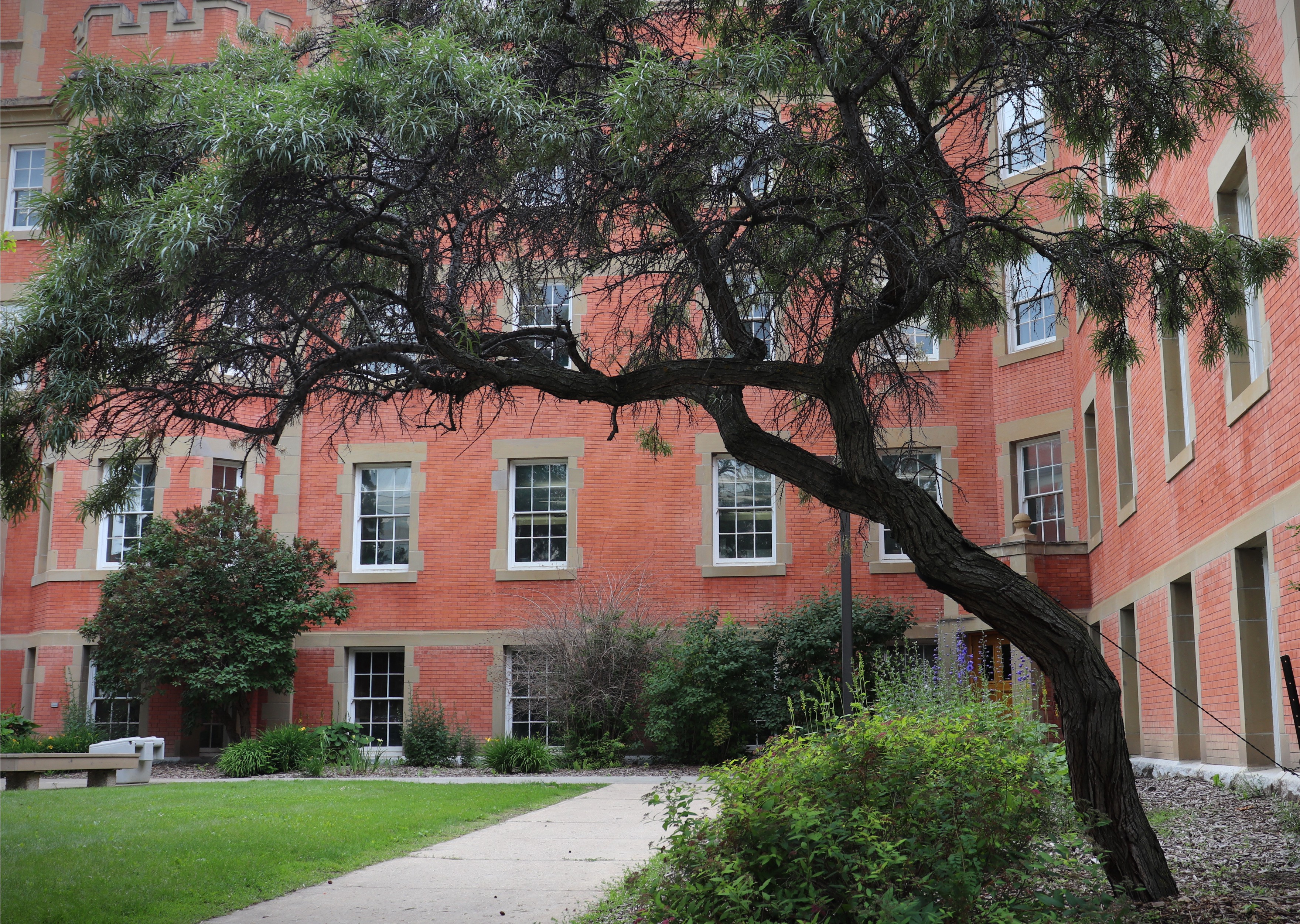
5) Butternut
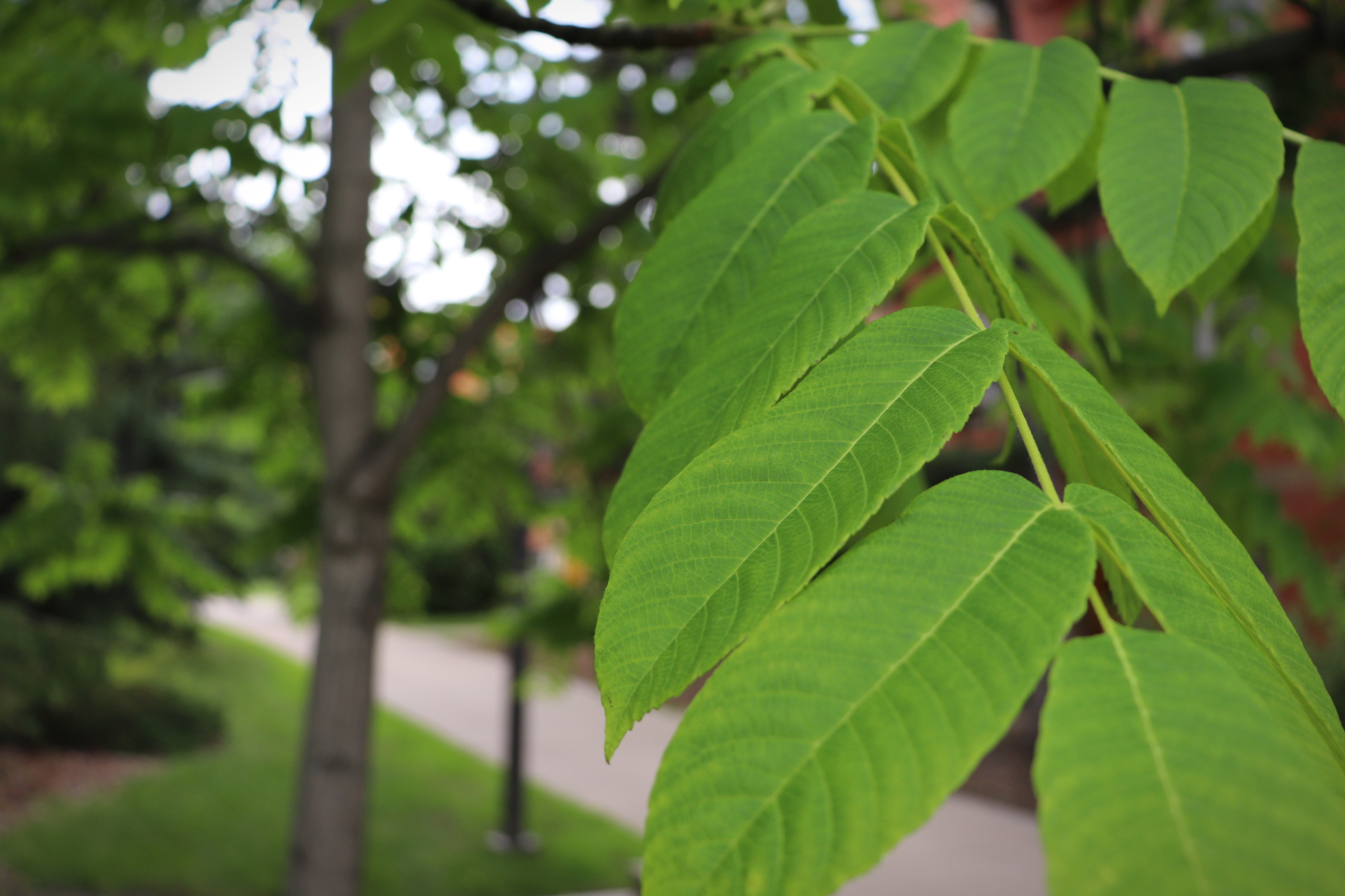
This tree belongs to the walnut genus. It bears fruit with a fleshy husk covering an edible nut — a delicacy among Edmonton’s squirrels. However, its branch tips often die during cold Edmonton winters.
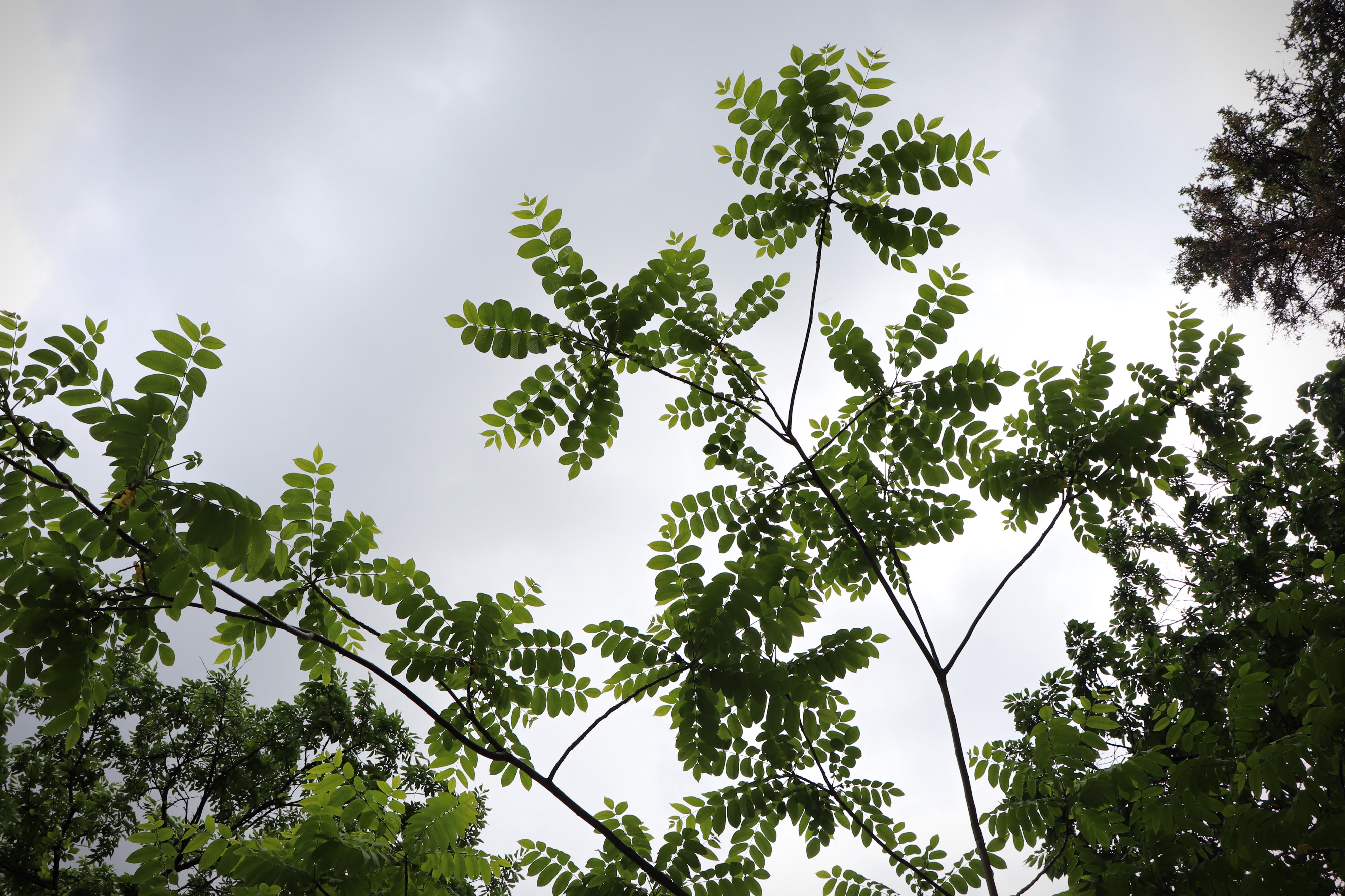
6) Scots Pine

Native to northern Europe and Asia, this pine has distinctive orange bark. Given their broad range, Scots pines vary greatly in form — the genetic types on campus have long branches and irregular stems.
7) Ginkgo
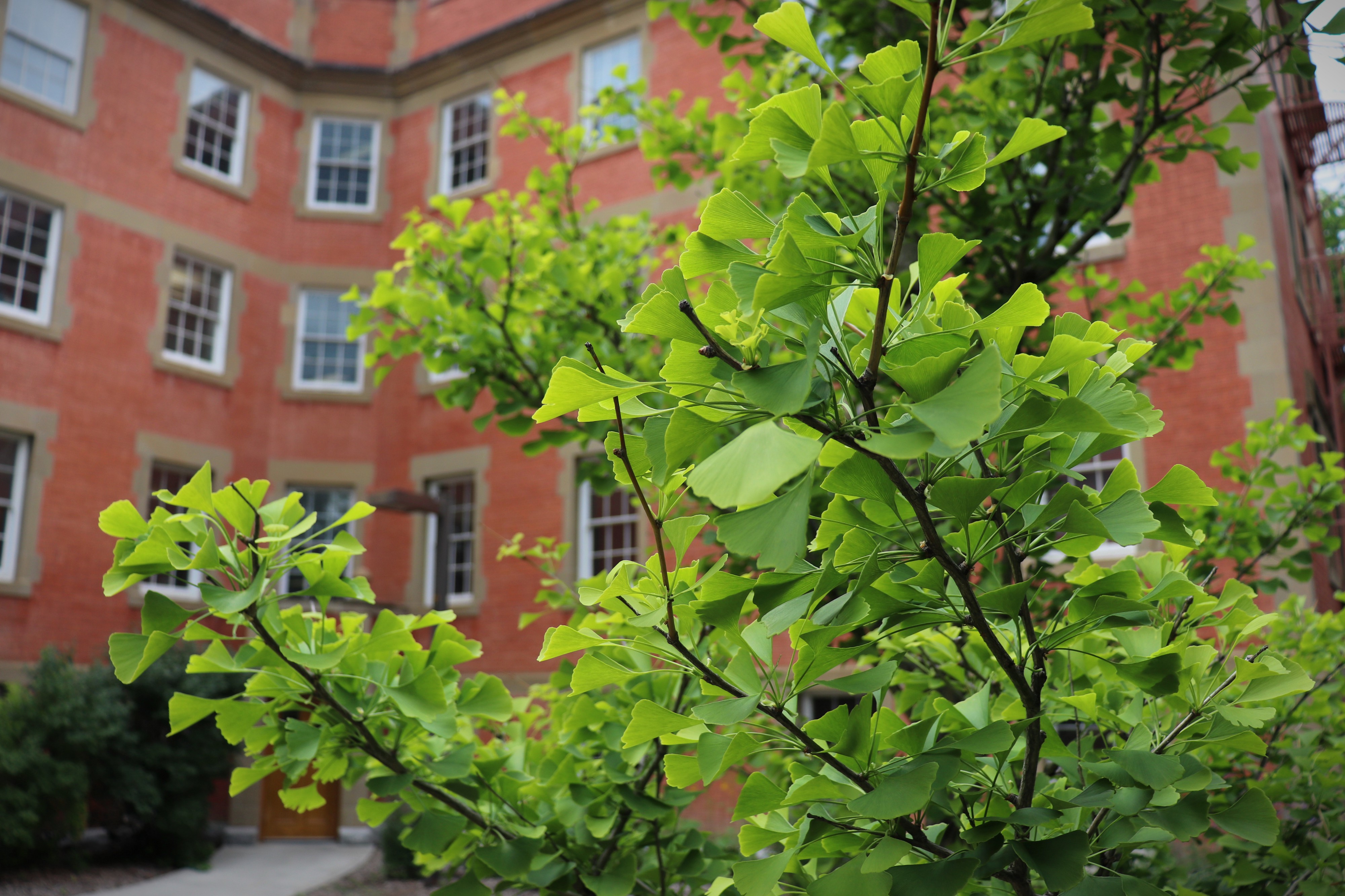
Native to China, this “living fossil” may be more related to conifer trees than broad leaf species. The female trees produce edible fruit, and the species has few pests and diseases and is tolerant of pollution.
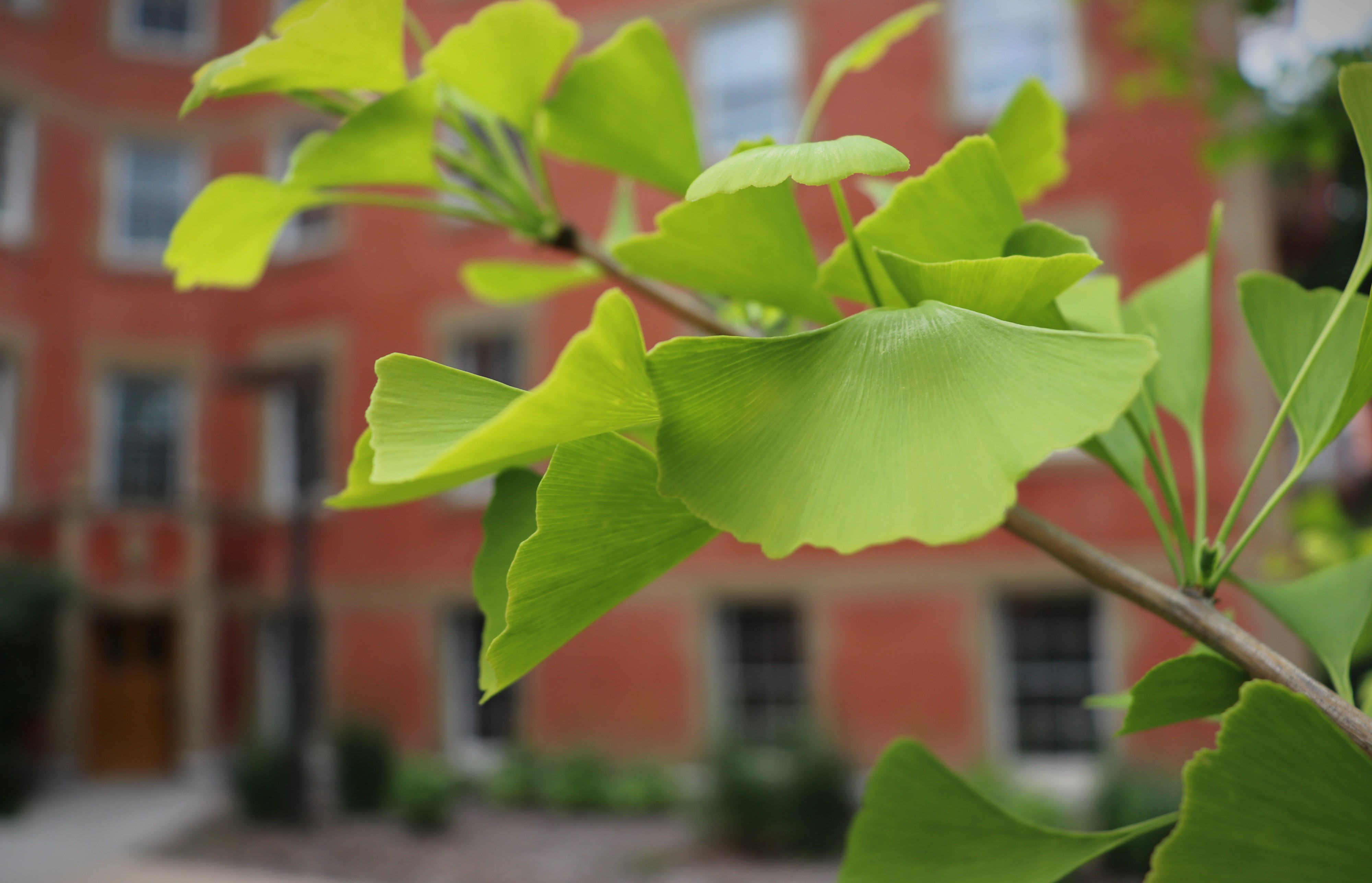
8) Lodgepole Pine

The lodgepole is Alberta’s provincial tree. The cones usually remain closed, awaiting a fire to melt the resin holding the cone scales shut. Lodgepoles usually have a straight narrow stem — hence their use as tipi poles — though many of the pines on campus are actually lodgepole and jack pine hybrid.
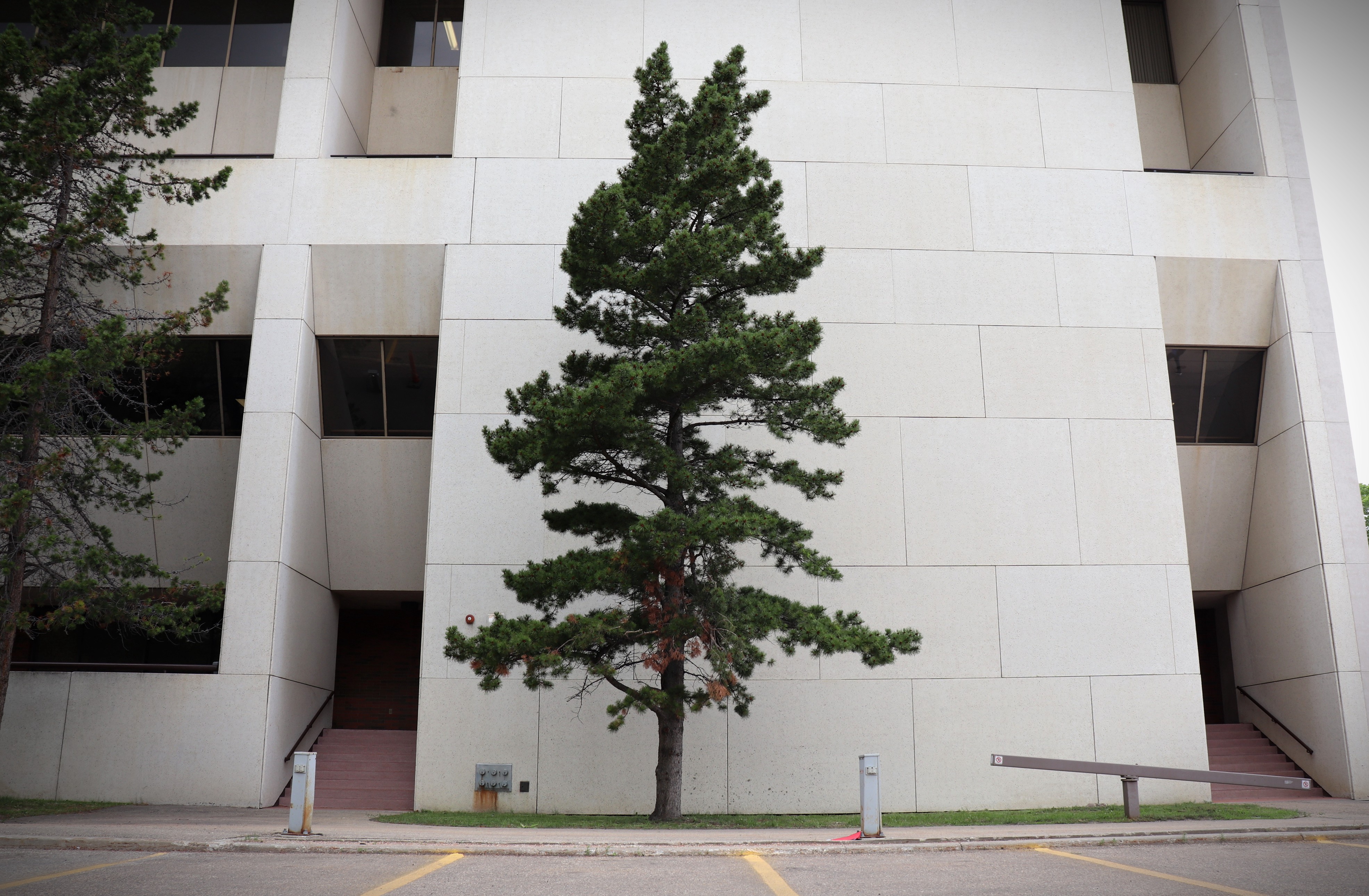
9) Sugar Maple

Canada’s national tree is native to eastern North America, including the Maritime provinces. Sugar maples are tapped to make syrup, and the wood is uniform and valuable. The leaves turn deep yellow or red in autumn.

10) Dahurian Birch (or Asian Black Birch)
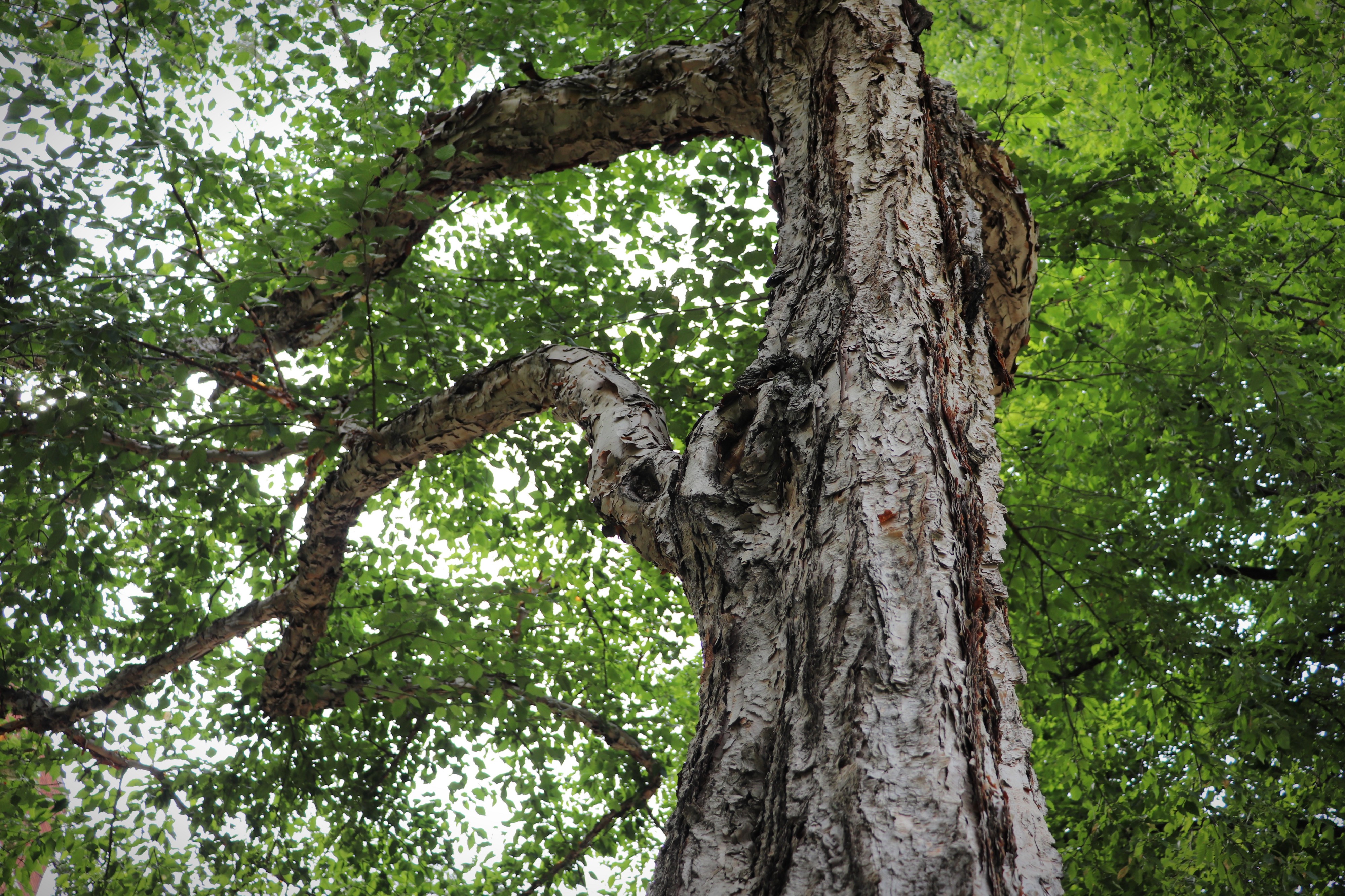
Native to northern Korea, Japan, and China, this birch grows well on gravelly soils. It is grown for its distinctive bark that rolls off in sheets. There are only two on campus.
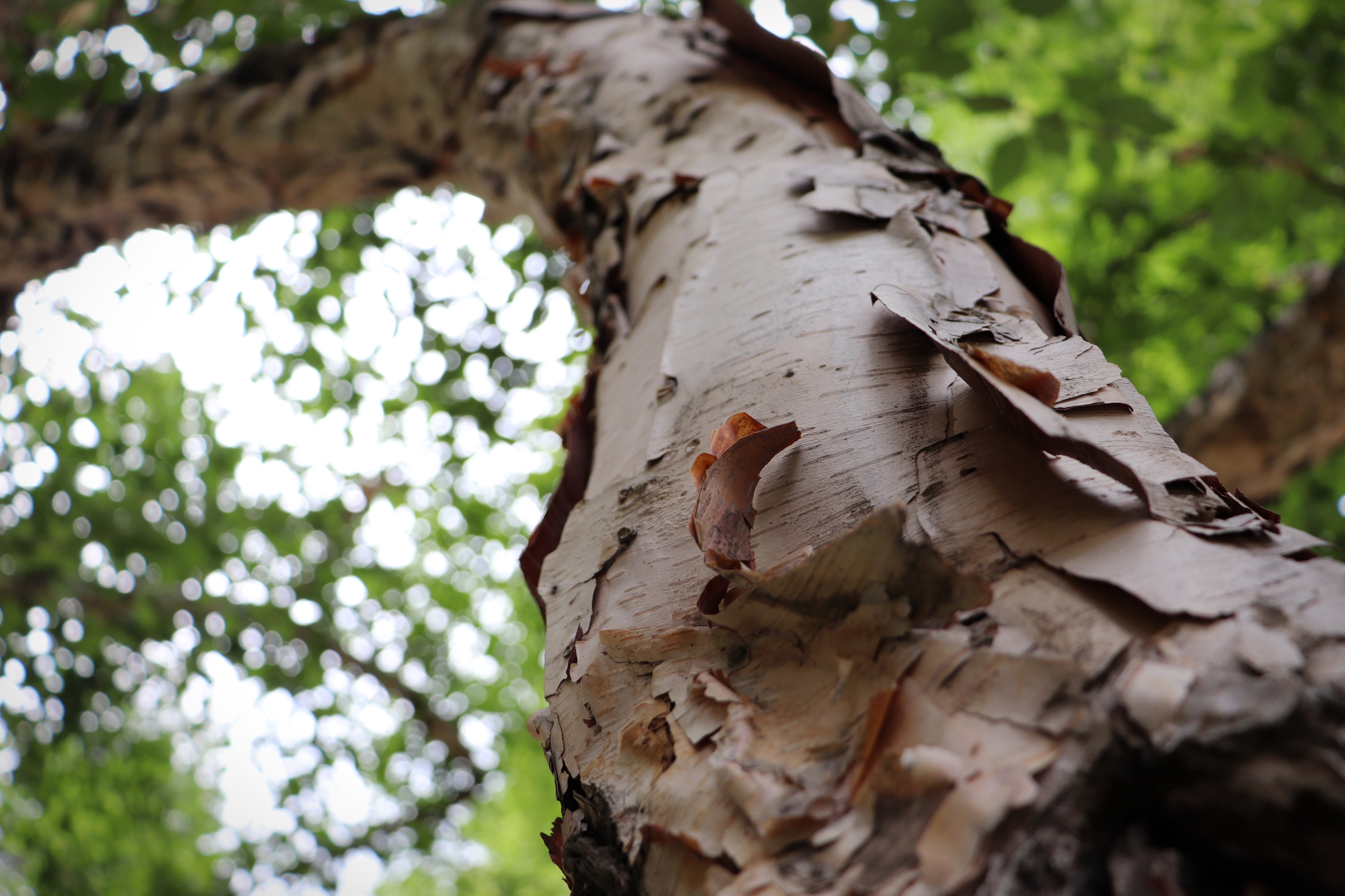
11) Siberian Larch
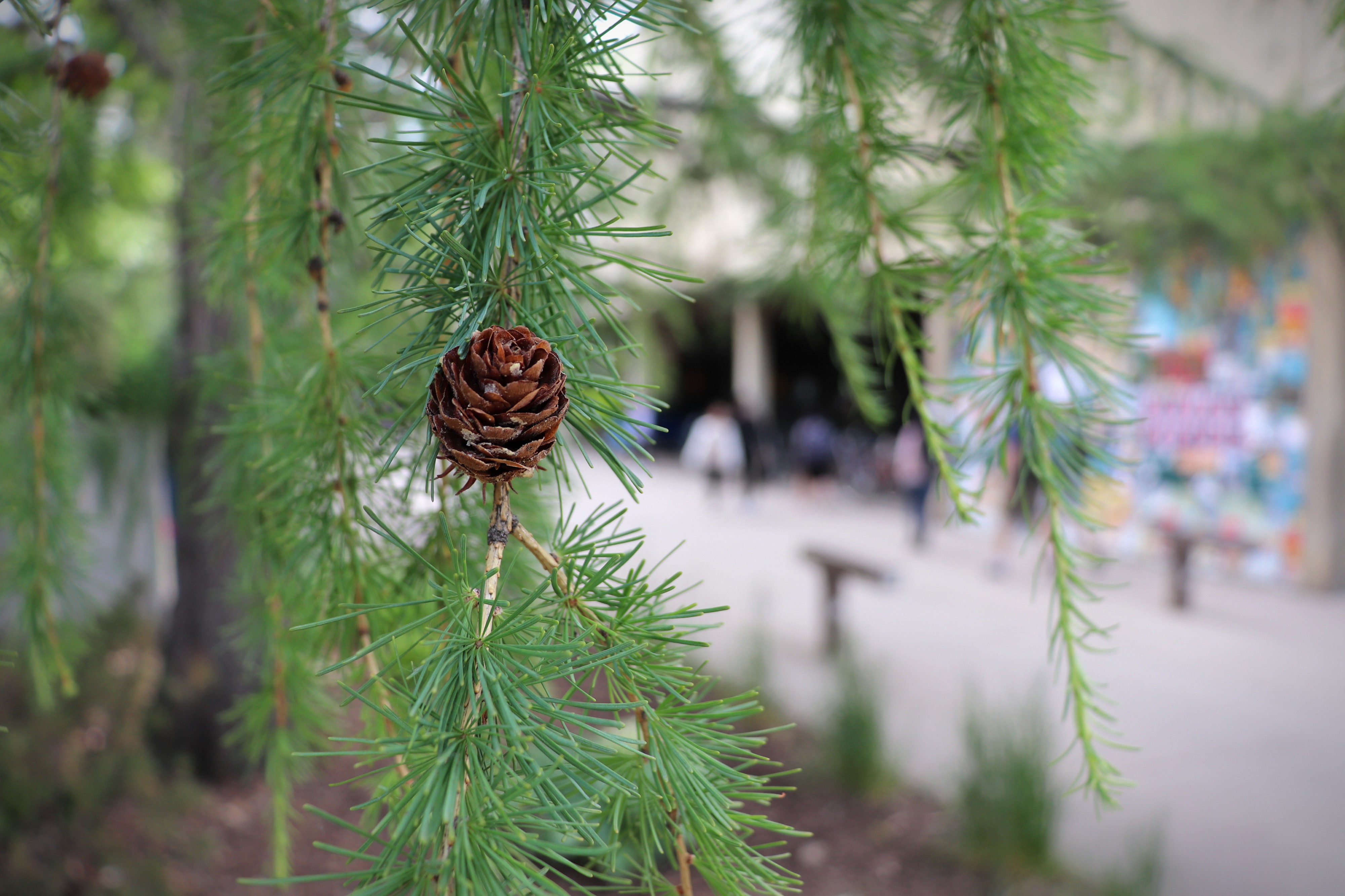
This larch is widespread in Asia. It has thick bark and soft foliage with needles that turn yellow in October — part of the iconic Green and Gold allure of campus in the fall.
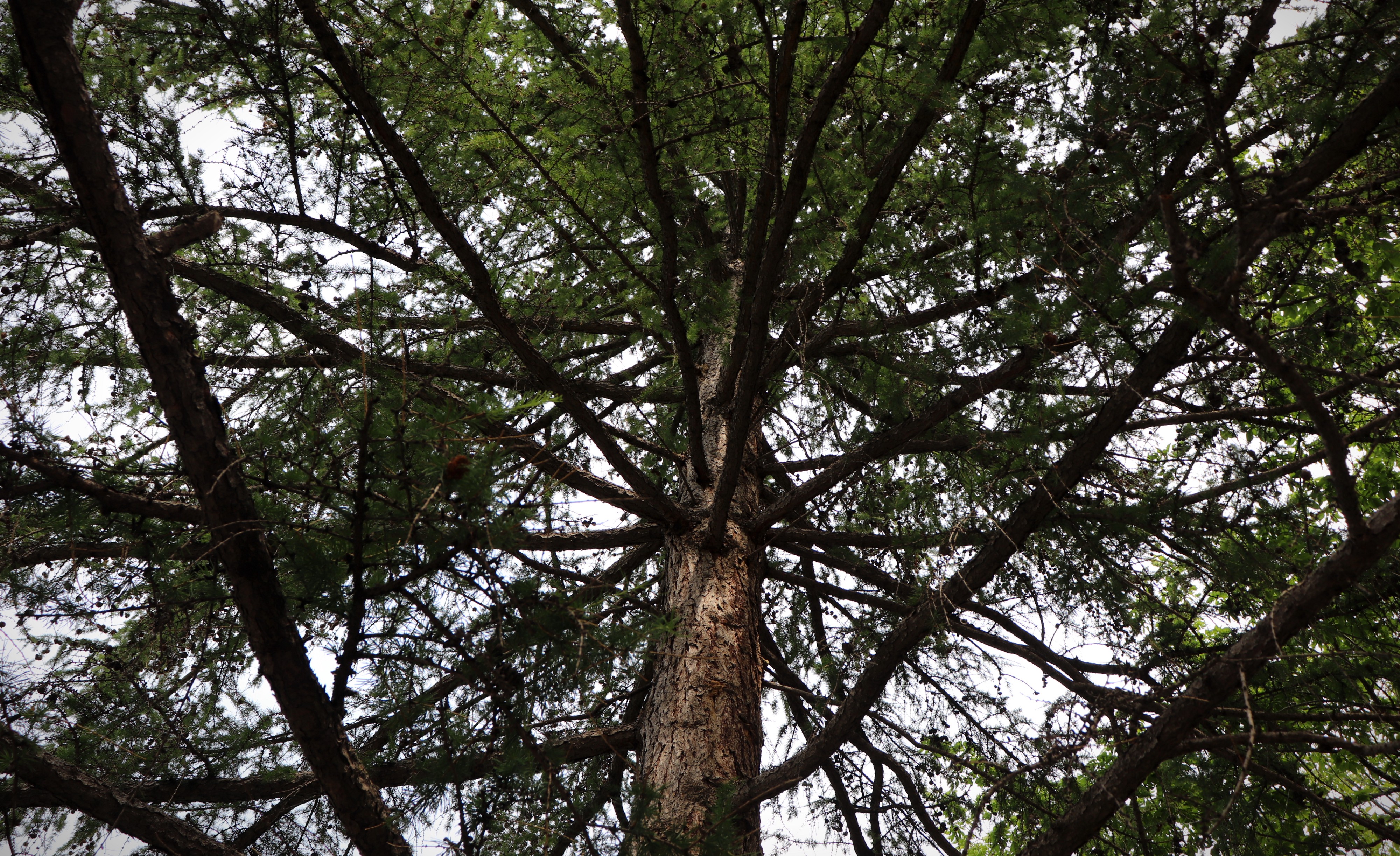
Where to Find Them
Take a walk through the main quad on North Campus to find these fantastic specimens for yourself using the map below:
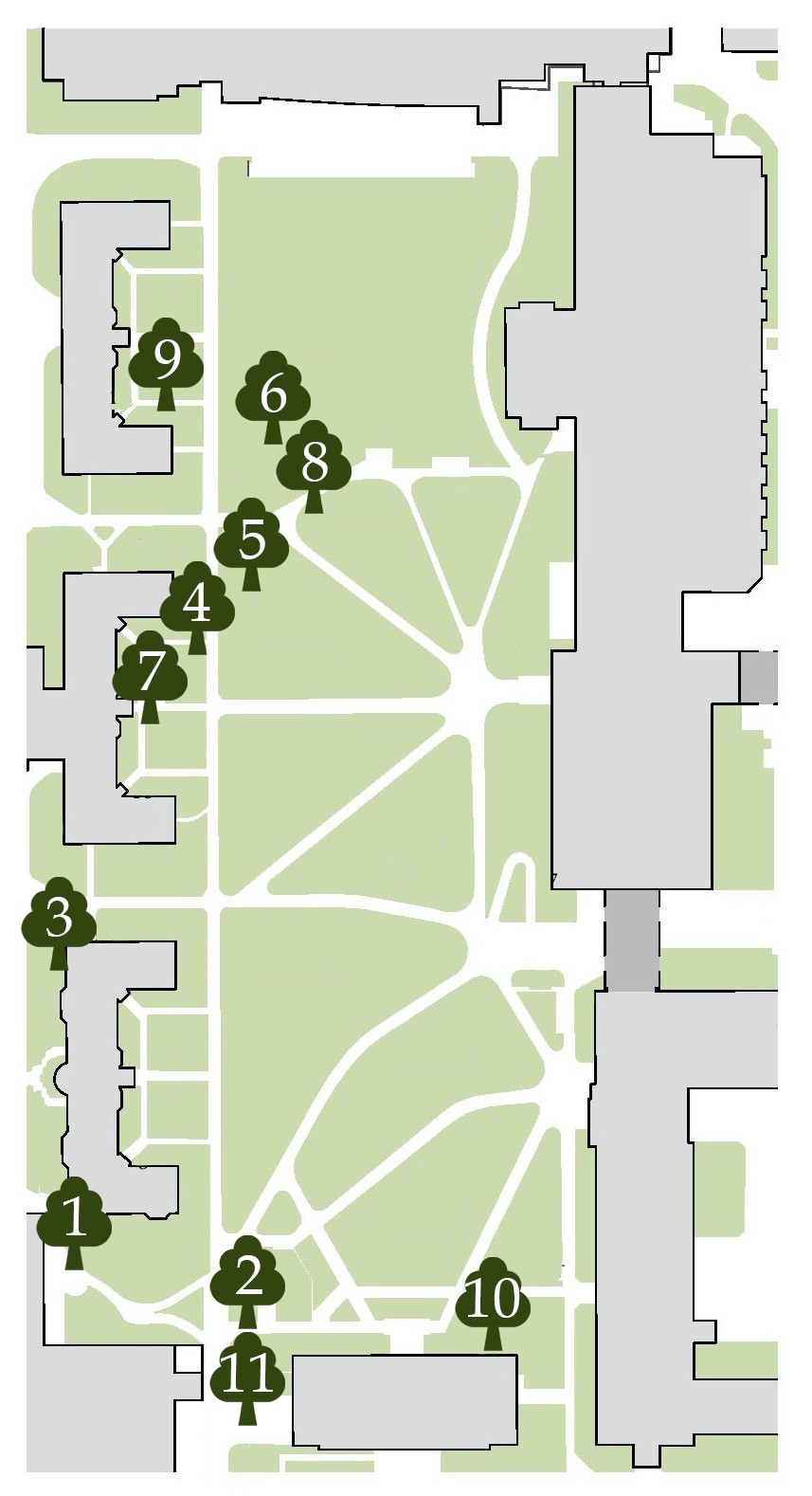
Special thanks to Victor Lieffers, Professor of Silviculture and Forest Biology in the Department of Renewable Resources, for sharing his time, resources and expertise with The Quad.